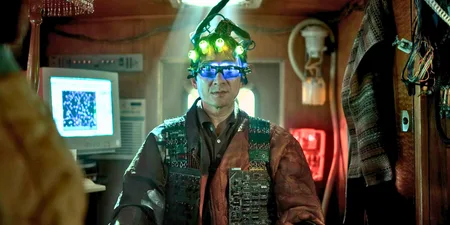Night gathers and now my watch begins…
You know what’s coming. Well, The Great War is coming, but we have to wait for that. In the meantime, here’s a spoiler alert.
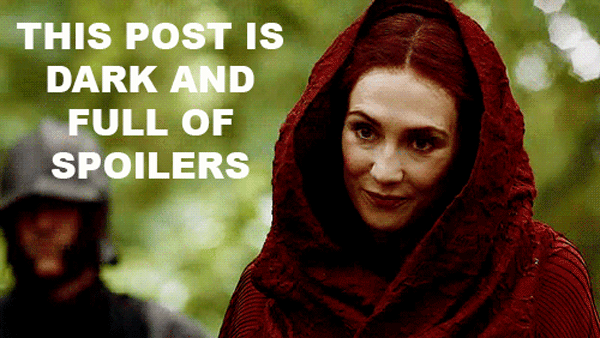
We imagine that the property value of any land that’s in the North of Westeros is about to plummet after that epic finale to Season 7 of Game of Thrones.
As we now know, the Night King and the army of the dead have broken through the Wall and they’re set for an epic showdown with the realms of men.
With The Great War approaching, there are so many theories and questions to be answered but the most important one is this, what does the Night King actually want?
Part of this mystery could be found in a dark and gruesome period of the Night’s Watch’s history, more specifically, the horrific events that unfolded at the Nightfort.
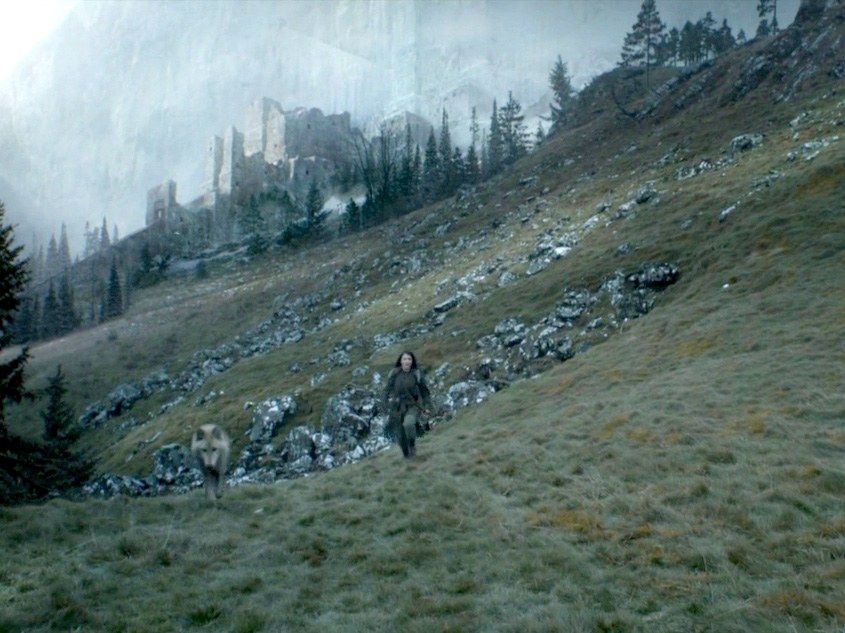
Before we jump into that storyline, it’s important to remember how the White Walkers came into being and their history. We know that the Children of the Forest and the First Men agreed on a pact that ended millennia-long wars between the two races.
This point proves that mankind can make negotiate a peace agreement with a supernatural force.
In Season 6, we learned that the Children of the Forest actually created the White Walkers as a weapon to fight against the humans, piercing his heart with dragon glass at a Weirwood tree.

We also know that the White Walkers have fought in the south before, 8,000 years ago to be precise.
During the War for the Dawn, The First Men and Children of the Forest united and successfully fought together. The White Walkers were pushed back after a figure called the Last Hero defeated them, sending them back north.
It’s worth noting that the details of this ‘victory’ have been pretty sketchy.
Think about it. One man defeating the army of the dead? It’s very likely that this person – The Last Hero – negotiated a pact with the White Walkers and they willingly retreated as per the terms of this deal.
Following this detente, it’s said that a Stark named Brandon built the Wall, Winterfell and created the Night’s Watch to ensure that the Others would never return. Theorists believe that the White Walkers actually built the Wall – entirely reasonable given the fact that they’re masters of ice – as a way to create a border and mark their lands, but there’s more to this pact.
The White Walkers would rule and live peacefully in the Land of Always Winter beyond the Wall and in return, the humans would leave them alone while vowing to never to use fire magic (like dragonglass and Valyrian steel) against them.
Human sacrifices to the White Walkers were also required.
Here’s where the Nightfort and a recent line from Jon Snow in the last episode, The Dragon and the Wolf, fits in.
During that scene at the Dragonpit, Jon tells Cersei that they were dealing with “a general you can’t negotiate with.”
This doesn’t appear to be true.
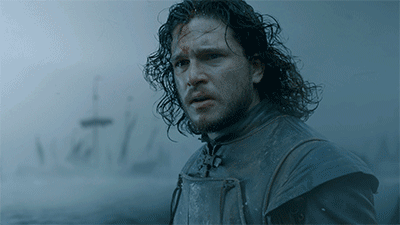
The Nightfort
The Nightfort is a ruined castle on the Wall, west of Castle Black, that the Night’s Watch once garrisoned.
It was abandoned because the dwindling numbers of the Night’s Watch could no longer fully man it. In the official Game of Thrones viewing guide, we’re told that this location hides ‘some sort of secret for the Night’s Watch.’
Part of that secret is a history of human sacrifices to the Others.

In ‘A Storm of Swords’ – the third book in the series – Bran Stark mentions a character called the Night’s King who was once the 13th Lord Commander of the Night’s Watch.
Ok, this is the only part of the story that might get a bit confusing.
The Night’s King (plural) is a totally different character than the Night King – the current villain in Game of Thrones that faced Jon at Hardhome, resurrected Viserion and destroyed the Wall.
This character below is the Night King that most people know about.

This person below is the Night’s King that most people don’t know about.

In the tale, the Night’s King was once a Lord Commander of the Night’s Watch but his tenure was dark and full of terrors.
The basic gist of this story is that the Night’s King was a respected leader and soldier until he fell in love with a female White Walker that had”skin as white as the moon and eyes like blue stars”.
The couple got married and this evil leader of the Night’s Watch then moved his wife into the Nightfort (the castle along The Wall) before declaring himself a king. For thirteen years the two ruled over the Night’s Watch and performed human sacrifices to the White Walkers.
The Night’s King was only defeated after the free folk rallied under the banner of Joramun, the King-Beyond-the-Wall. They also had help from King Brandon the Breaker and House Stark in this conflict.
There’s even an extra on the Game of Thrones DVD that details this dark history of the Night’s King (1:06), but this record of human sacrifices to the White Walkers has continued.
Craster
Cast your mind back to Season 2 and the events that unfolded at Craster’s Keep.
In case you need a reminder, Craster was the wildling who lived north of the Wall. When his daughters grow old enough he marries them, and then incestuously fathers new children with them.
If any of his nineteen wives gave birth to a boy, it was immediately sacrificed to the White Walkers.
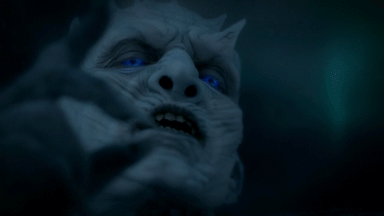
Craster worshiped the White Walkers as gods, not demons.
It’s entirely reasonable then to assume that his life was frequently spared because he adhered to the rules of this ancient pact.
This proves that the White Walkers are creatures that can be negotiated with, but Craster was eventually murdered by Karl Tanner, a mutinous member of the Night’s Watch.
Craster negotiated and reasoned with the White Walkers- just like the Night’s King did at the Nightfort.
Why is this important? Well, as we’ve frequently seen, the Night King has the ability to resurrect the dead, but we’ve only seen him create new White Walkers in the Lands of Always Winter.

After engaging in battle, the Night King has resurrected hordes of wights to boost his numbers. Remember the finale at Hardhome?
Wights are those skeletal, savage and zombie-like creatures that can be killed with fire, dragon glass, Valyrian steel and dragon fire.
‘Dumb cunts’ as the Hound would say.
Here’s Jon killing one.
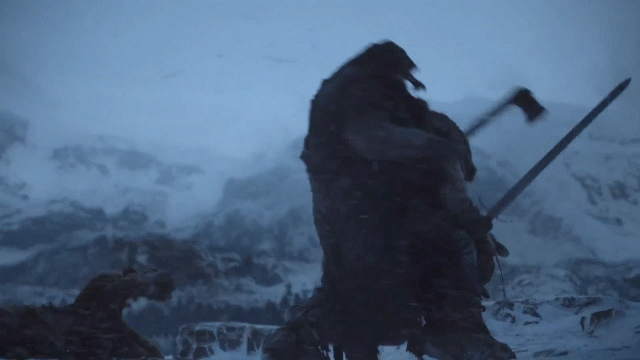
White Walkers are something entirely different and they’re created differently also. They need to be touched by the Night King to be created and in the show, we’ve only seen White Walkers being created as babies.
Remember the White Walker that was killed by Sam after he was trying to deliver Gilly’s baby to the Night King? If such a pact existed, wouldn’t Sam have violated it when he killed that White Walker? Are humans threatening the very existence of the White Walkers by tampering with this pact?
After all, they’re dying out.
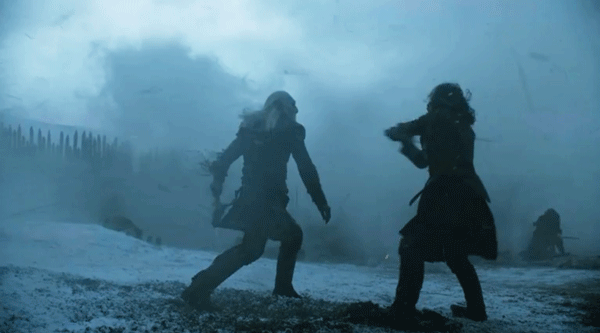
The endgame
If you’re looking at things from the perspective of a White Walker, you might be able to understand their grievances.
If this pact does exist, the humans have ventured into their territory and violated the terms of the agreement by ending the sacrifices that were required to create new White Walkers.
Combine this with the fact that dragons and magic are now back in Westeros – two things that can kill White Walkers.
It’s clear that the dead aren’t happy, but they may have already been trying to express their anger by sending a message to the realms of men.
In the very first scene of the show, a ranger of the Night’s Watch is spared by the White Walkers. Ultimately, this man is executed by Ned Stark for being a deserter, but it’s almost like the White Walkers wanted him to carry the message of their existence back to the rest of the living.
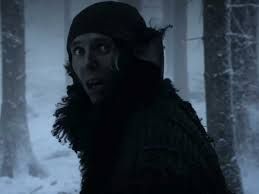
The same situation happened with Sam when he was trapped behind a rock and somehow survived.
Clip via – INDIJUICE
George R.R Martin has frequently said that ending of Game of Thrones will be ‘bittersweet’. He’s also stated that he hates fantasy novels that oversimplify the nature of good vs evil.
In his own words, “the greatest monsters in history thought they were the heroes of their story.” Isn’t it entirely conceivable that the White Walkers are acting in the interest of their own self-preservation?
John Bradley (Samwell Tarly) has even added fuel to this theory by saying: “We’re told that all the time about certain groups of people — these people want this, these people want that — and that’s only half the story. If the White Walkers are human beings of a sort, then they do want something. They are fighting with a moral compass that just might be slightly different than ours. It’s not that they don’t have morality, it just might be different than ours. Their priorities are different. So if they are people with morals, and heart and families and causes to fight for, other than a nihilistic destruction of everything that’s been in the world, then that’s a different prospect”.
It’s worth noting that Martin himself was a conscientious objector to the Vietnam War and that he’s not a fan of indulging in the simplistic versions of good vs evil, light vs dark, right vs wrong.
Throughout the history of Game of Thrones, we’ve seen that war causes nothing but suffering and death. On this note, could the Prince that was Promised be more of a negotiator than a fighter?
If Jon is Azor Ahai reborn, his role might be to negotiate a new pact between the living and the dead.
A bittersweet song of ice and fire?

















